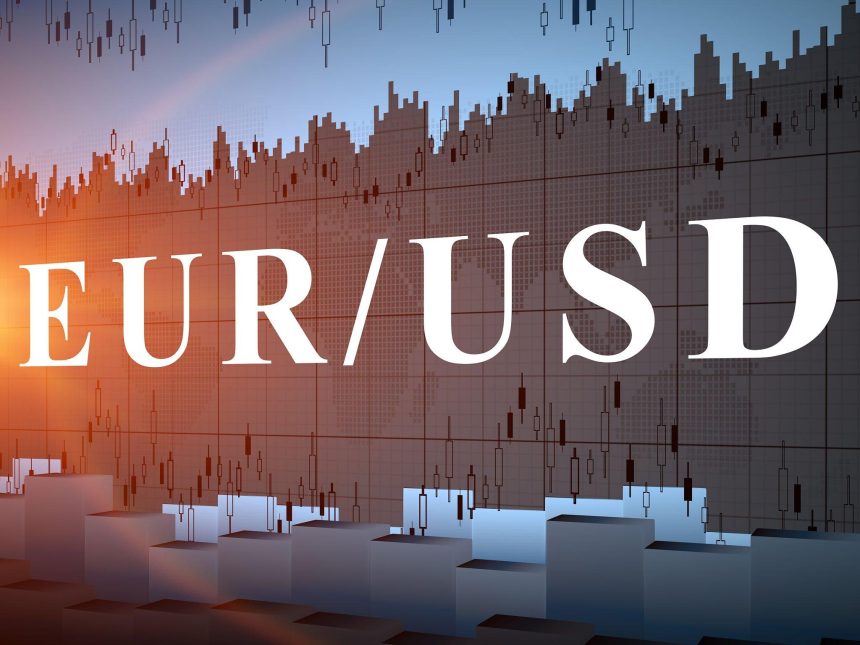EURUSD falls to about 1.1050 as the US Dollar strengthens ahead of August’s ISM US Manufacturing PMI data.
EURUSD declines after failing to break above the immediate resistance of 1.1080 during Tuesday’s European session. The major currency pair falls as the US Dollar (USD) maintains advances near a nearly two-week high, with the US Dollar Index (DXY), which tracks the Greenback’s value versus six major currencies, trading near 101.80.
The Federal Reserve and the European Central Bank are likely to decrease interest rates this month.
The US dollar show strength as investors focus on the United States (US) Nonfarm Payrolls (NFP) data for August will be released on Friday. Investors will be closely watching labor market data for clues about the extent of the Federal Reserve’s (Fed) interest rate drop in the September monetary policy meeting. Market players remain optimistic that the US central bank will return to policy normalization this month.
According to the CME FedWatch tool, 31% of economists expect a 50-basis-point (bps) interest rate cut in September, while the rest predict a 25-bps drop to 5.00%-5.25%. The probability of a substantial rate drop has decreased from 36% a week ago, particularly after the revised Q2 GDP estimate suggested that the US economy grew at a quicker rate of 3%.Based on the preliminary assumption of 2.8%.
Investors will focus on August’s US NFP data.
Investors focus on the US S&P Global and ISM Manufacturing Purchasing Managers’ Index (PMI) data for August. Which will be release at 13:45 and 14:00 GMT, respectively. The S&P Global PMI, which is a final estimate, to be 48.0, consistent with the flash estimate.
Meanwhile, the ISM report expected to reveal that manufacturing activity contracted at a slower rate, with the PMI rising to 47.5 from 46.8 in the previous edition.
Daily Market movers: EURUSD falls as ECB prepares to slash interest rates again.
EURUSD falls to around 1.1050 during European trading hours. The key currency pair is under tremendous pressure as the Euro is on the back. Interest rate cuts by the European Central Bank (ECB) widely expected this month. This would be the ECB’s second interest rate drop since shifting to policy normalization in June, with officials remaining convinced that price pressures will return to the bank’s target of 2% by 2025.
Market anticipation about ECB interest rate cuts in September has increased as Eurozone pricing pressures have slowed dramatically and signals of a potential recession in Germany have grown. The eurozone’s headline inflation fell to 2.2% in August, owing to a strong drop in energy prices.
The German economy contracted in the second quarter and anticipate to struggle in the coming months due to low demand in both local and international markets.
Meanwhile, European Central Bank policymakers also satisfied with market estimates for September rate decreases. On Friday, French magazine Le Point quoted Bank of France Governor Francois Villeroy de Galhau as saying that “it would be fair and wise to decide in favor of a new rate cut.” According to Reuters, Villeroy stated, “Unfortunately, our growth remains too weak,” and that “the balance of risks in Europe must still be monitored.”









